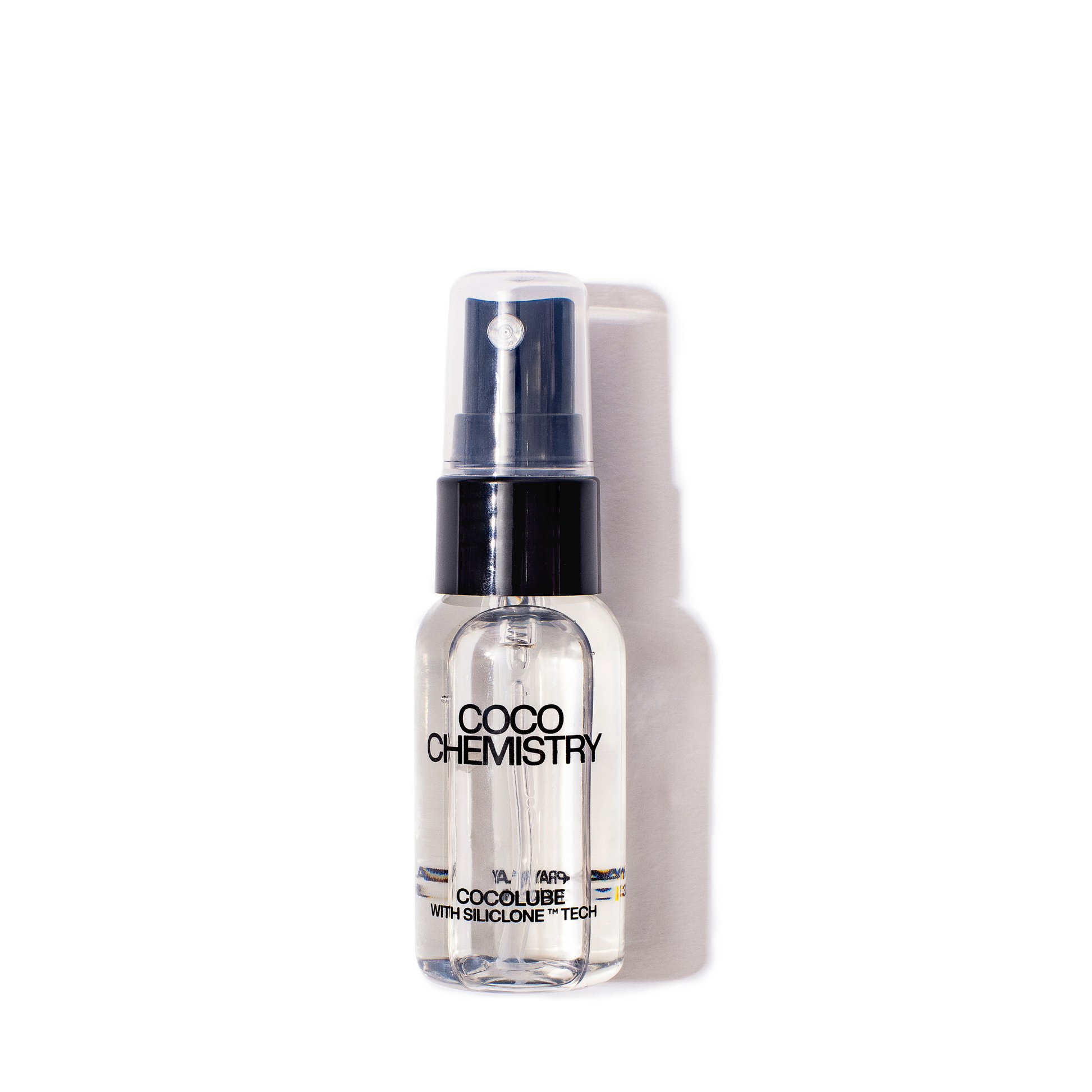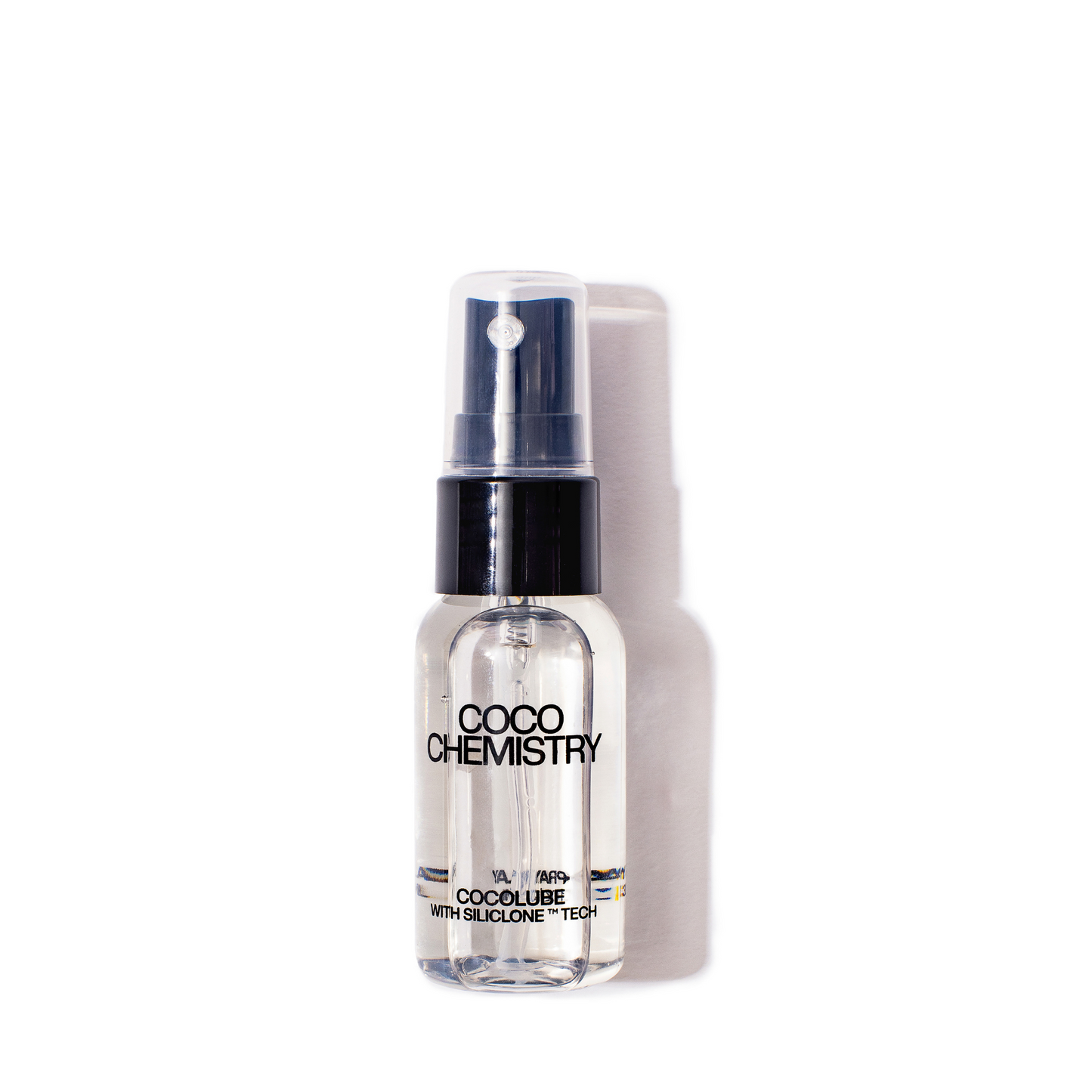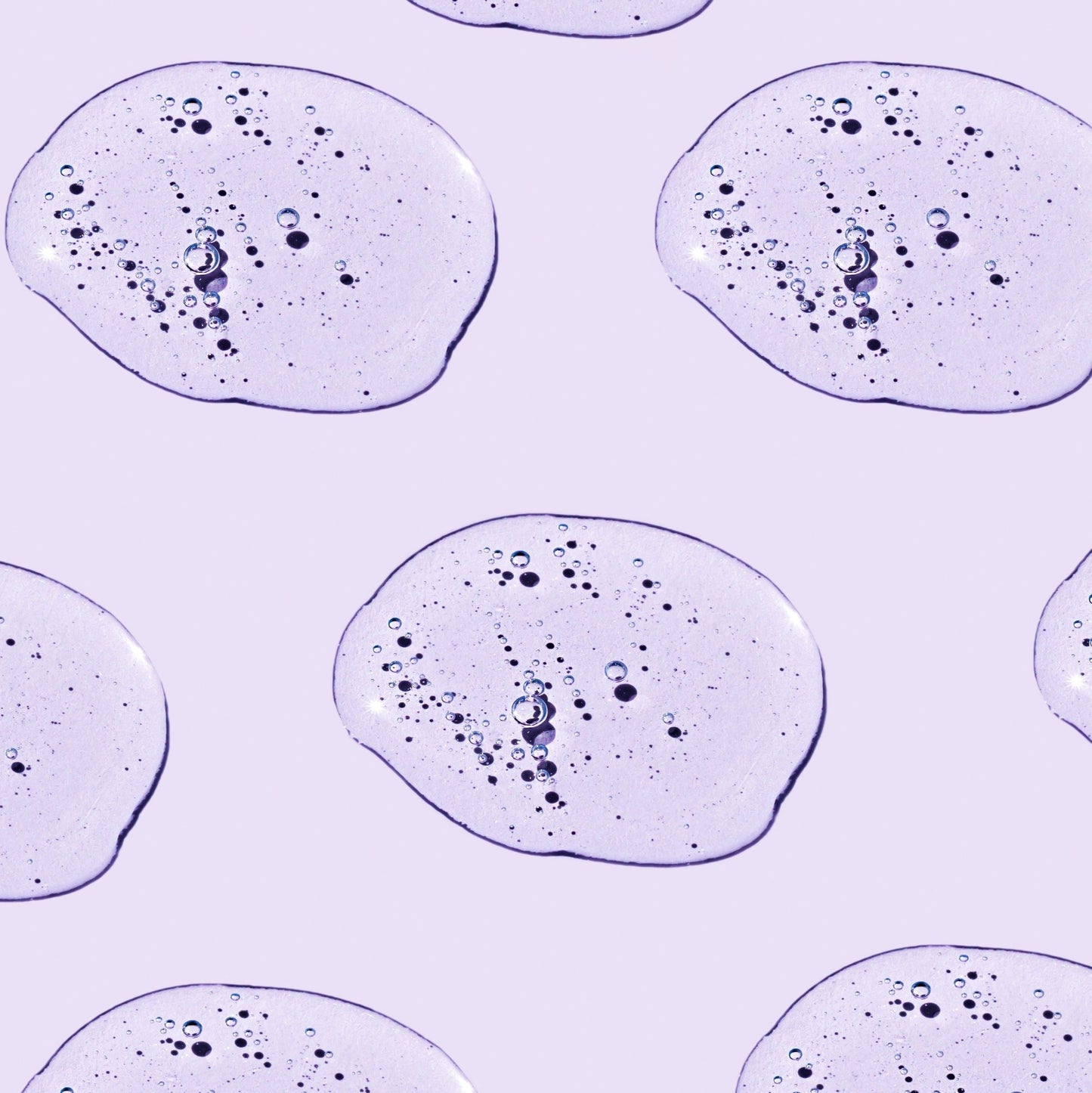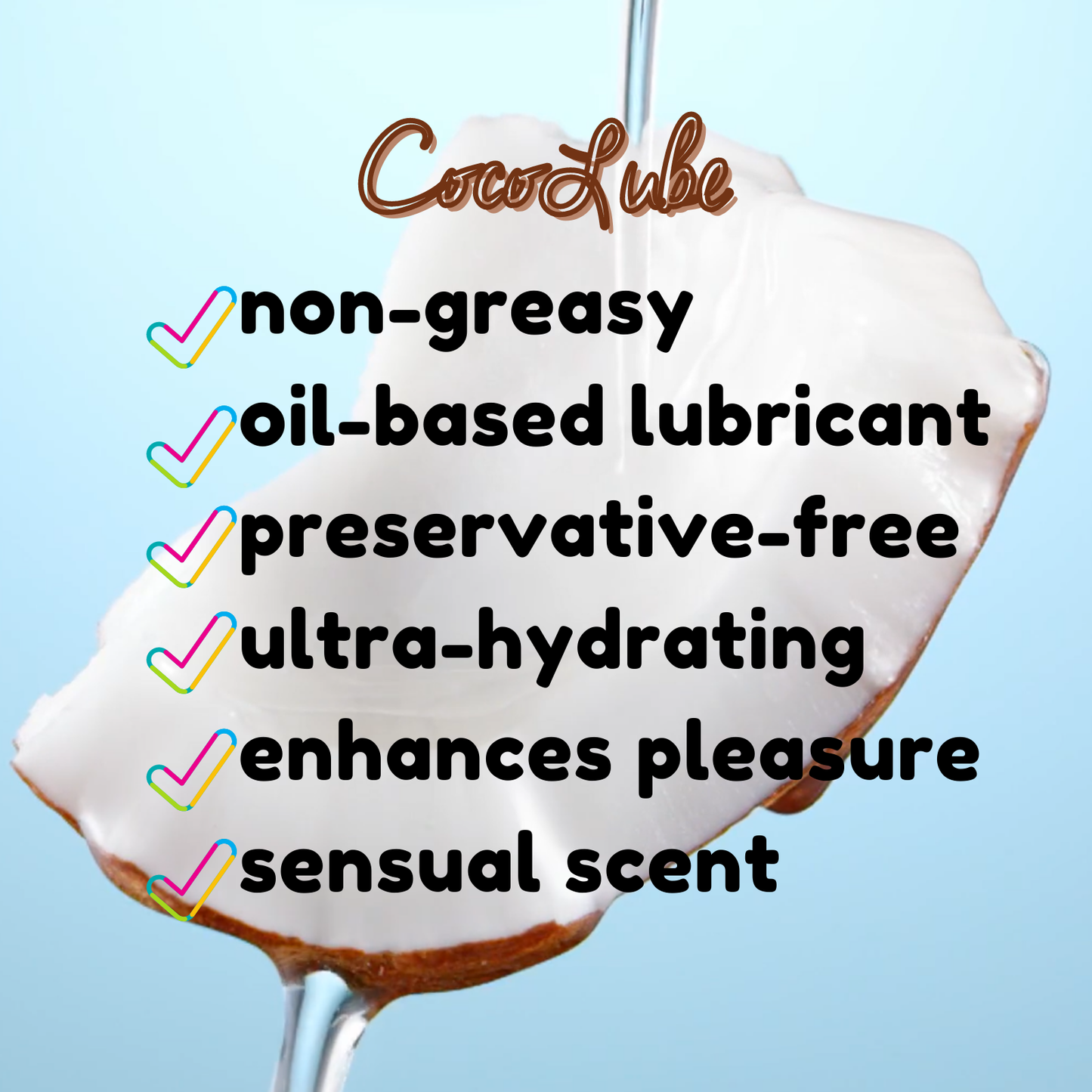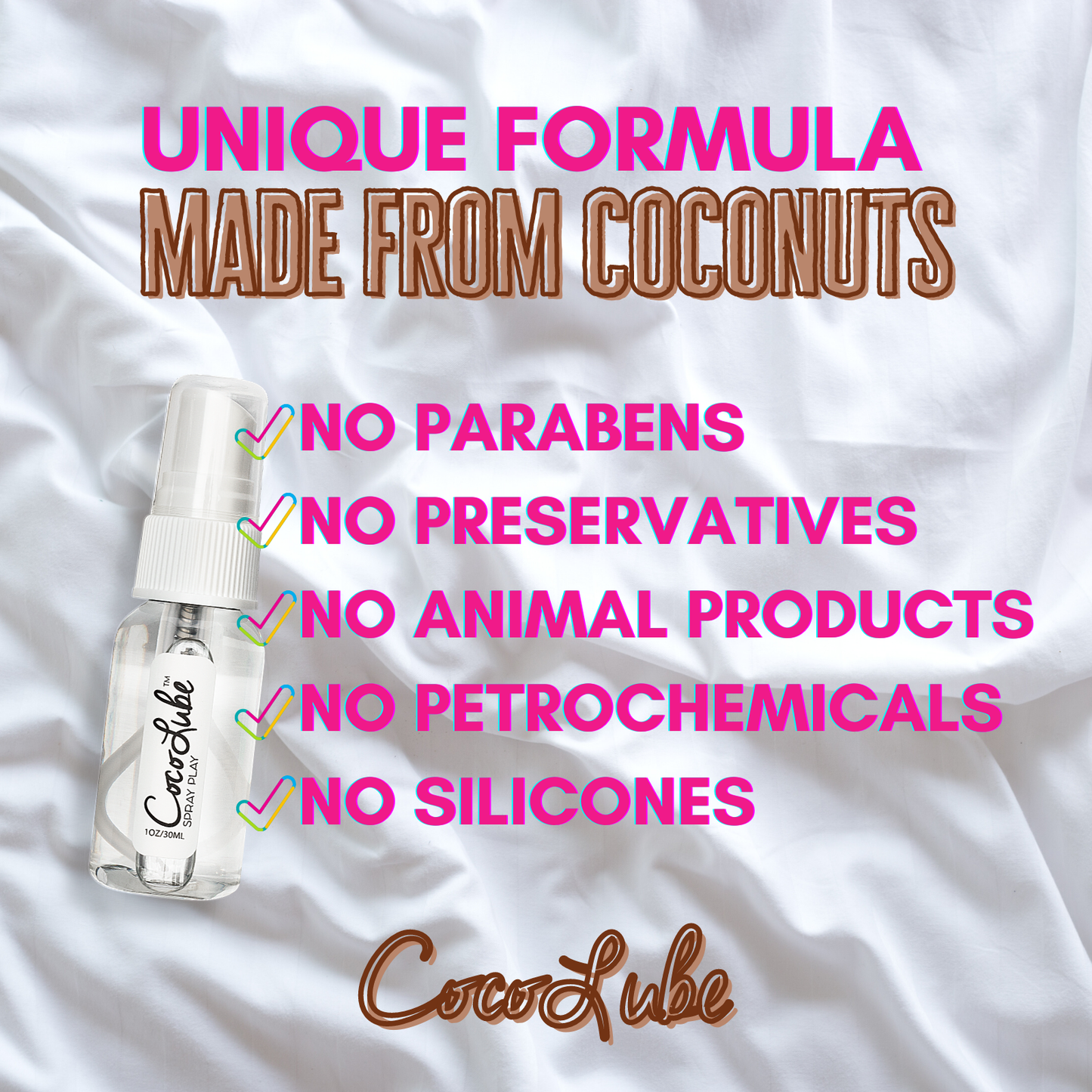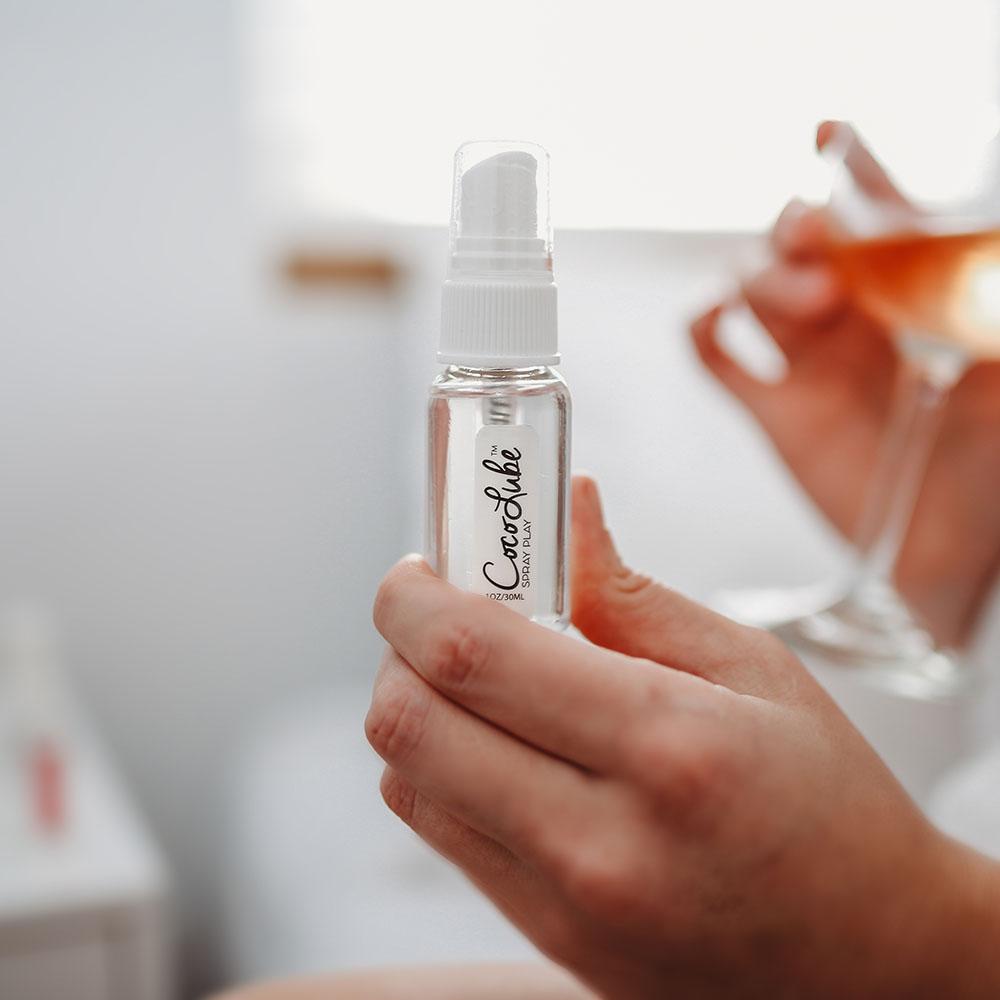
DIY Water-Based Lube That Works & Feels Amazing
These days, customers are conscious consumers, going for Mother Nature's products that are safe to use, effective, and environmentally responsible. This list also comprises intimate essentials like lubricants.
Whether it is about transparency in ingredients, staying away from harsh chemicals, or just looking for a low-cost alternative, homemade or DIY water-based lubricants stand as a great option among many commercial ones. Our passion at Coco Chemistry is about crafting sustainable body-safe solutions with which you can take charge of your intimate wellness.
Why Should You Use DIY Lubricants?
Let's check the reality- Not all lubricants are parabens, glycerin, and synthetic free like CocoLube. And homemade combos are just the same- simple, highly customizable, and made of ingredients you probably already have in your kitchen
Other Benefits of Homemade Lube
1. Ingredient Transparency: Know exactly what goes into your body.
2. Eco-Friendly: No single-use plastic tubes.
3. Budget Conscious: Made with simple kitchen staples.
4. Customizable: Control thickness by adjusting cornstarch.
Safe for Toys & Condoms: Unlike oil-based lubes, water-based formulas won’t degrade latex or silicone.
A Tried-and-True Water-Based Lube Recipe
You don't need a chemistry degree or a cabinet full of exotic oils to make safe, silky-smooth lube. The main ingredients are water and cornstarch.
Ingredients:
- 1 cup (240 ml) filtered water
- 3 to 4 teaspoons of cornstarch
Equipment:
- A small saucepan
- A whisk or heatproof spatula
- A clean, airtight glass jar
How to Make DIY Water-Based Lube (Step-by-Step)
Step 1. In a small saucepan, mix the cornstarch into the water until fully dissolved.
Step 2. Place on medium heat and stir constantly to prevent lumps.
Step 3. Once it begins to simmer, reduce the heat and continue stirring until it thickens to a gel-like consistency (2–3 minutes)
Step 4. Remove from the heat before it starts bubbling.
Step 5. Let it cool completely.
Step 6. Transfer to a sterilized glass container and seal tightly.
You now have a smooth, latex-safe, scent-free lubricant that works for intercourse, masturbation, or menstrual cup insertion.
After cooling, you'll have a smooth, latex-safe, condom-friendly gel that's ideal for intercourse, masturbation, or to help insert a menstrual cup.
This water-based lube recipe is free from scents, preservatives, and irritants, which makes it an excellent choice for people with sensitive skin or allergies. It is also a great answer for those who want to know how to make water-based lube at home without resorting to store-bought options.
Common Mistakes to Avoid
1. Overheating: This can cause lumps or uneven texture.
2. Storing too long: DIY lubes lack preservatives. Use within 3–4 days.
3. Using plastic jars: Always opt for glass to avoid chemical leaching.
Other Household Alternatives (and What to Avoid)
While oils like olive oil are often mentioned, they are not compatible with condoms and can increase the risk of infections. Aloe vera gel may work, but it often contains additives or alcohol.
Avoid completely:
1. Baby oil
3. Anything with sugar or synthetic fragrance
4. Saliva (can introduce harmful bacteria)
Safety, Storage, and Shelf Life
1. Storage: Keep in a clean, sealed glass jar at room temperature or refrigerate.
2. Shelf Life: Use within 3–4 days. Discard if you notice a sour smell or change in texture.
3. Patch Test: Always test on a small skin area before use.
"Always choose body-safe, condom-compatible lubricants," says Dr. Sophia Chen, a certified OB-GYN. "A simple homemade cornstarch gel can be an effective, non-irritating alternative, as long as it's fresh and stored safely."
Final Thoughts: Eco-Intimacy, Reimagined
Making your own water-based sex lube is not only a conscious option but also a smart and cost-effective alternative for DIY water-based lubricants. This lube avoids unnecessary chemicals, reduces plastic waste, and creates a product tailored to your needs. Also, this lubricant is an ideal option as a sustainable alternative to self-care products.
At Coco Chemistry, we believe that body-safe pleasure should be simple, sustainable, and empowering. You can try this recipe and rediscover a natural way of intimacy.
FAQ's
Que: Can I use this lube with condoms?
Ans: Yes! This water-based recipe is safe for use with both latex and polyurethane condoms.
Que: Is cornstarch lube safe for sensitive skin?
Ans: Generally, yes, but always patch test first. Avoid if you have a corn allergy.
Que: How long can I store DIY lube?
Ans: 3–4 days max in a sealed glass container. Discard if it smells or changes texture.
Que: Can I use plastic containers?
Ans: Glass is preferred to avoid any chemical interaction with the lube.

